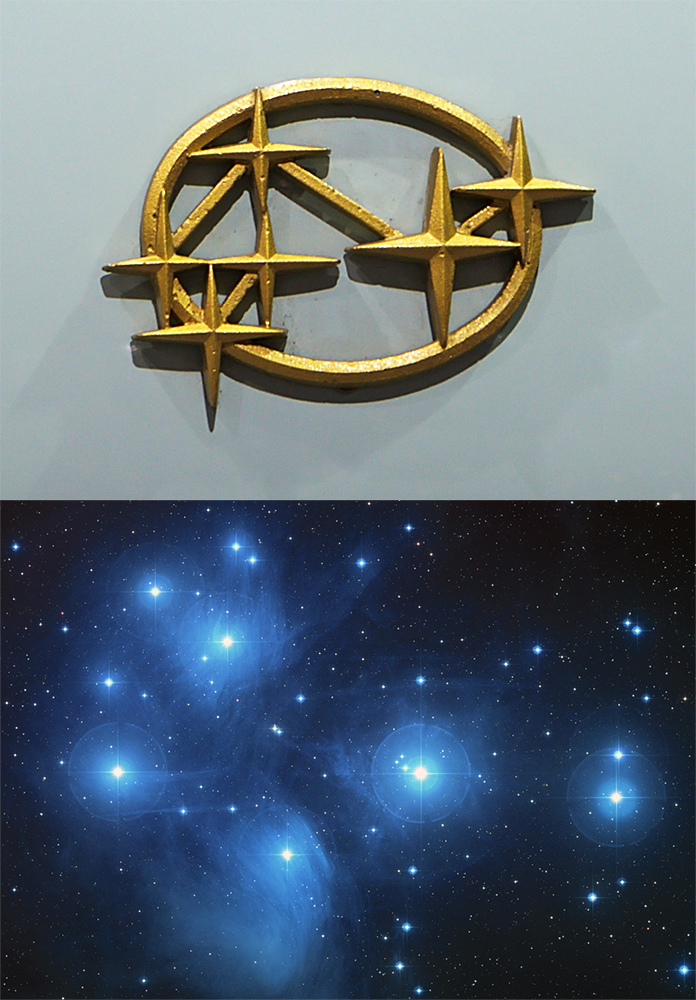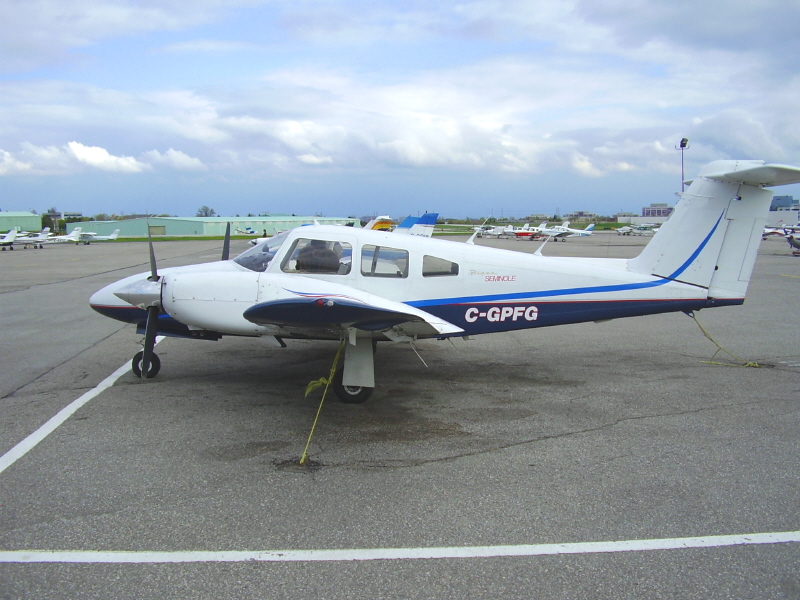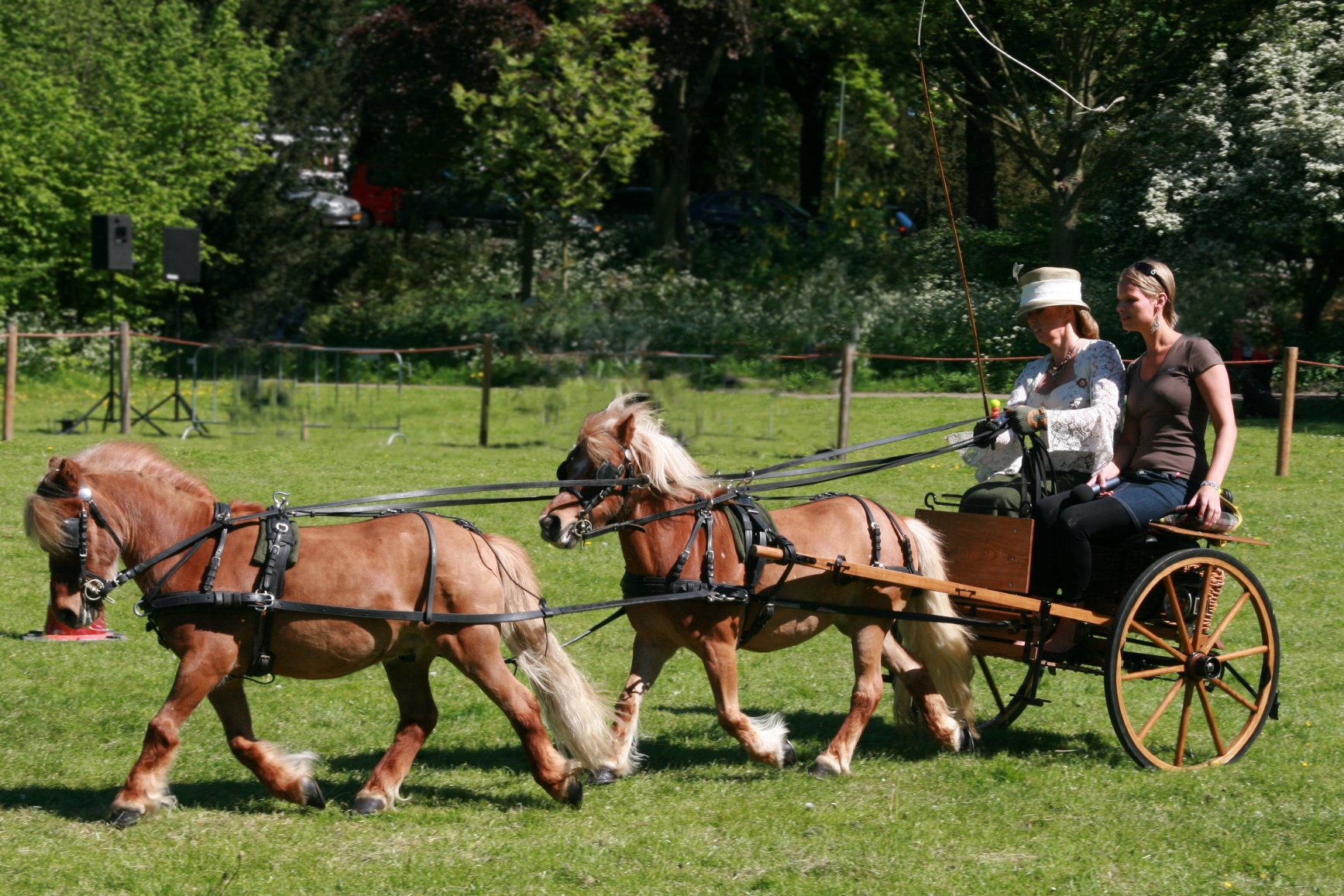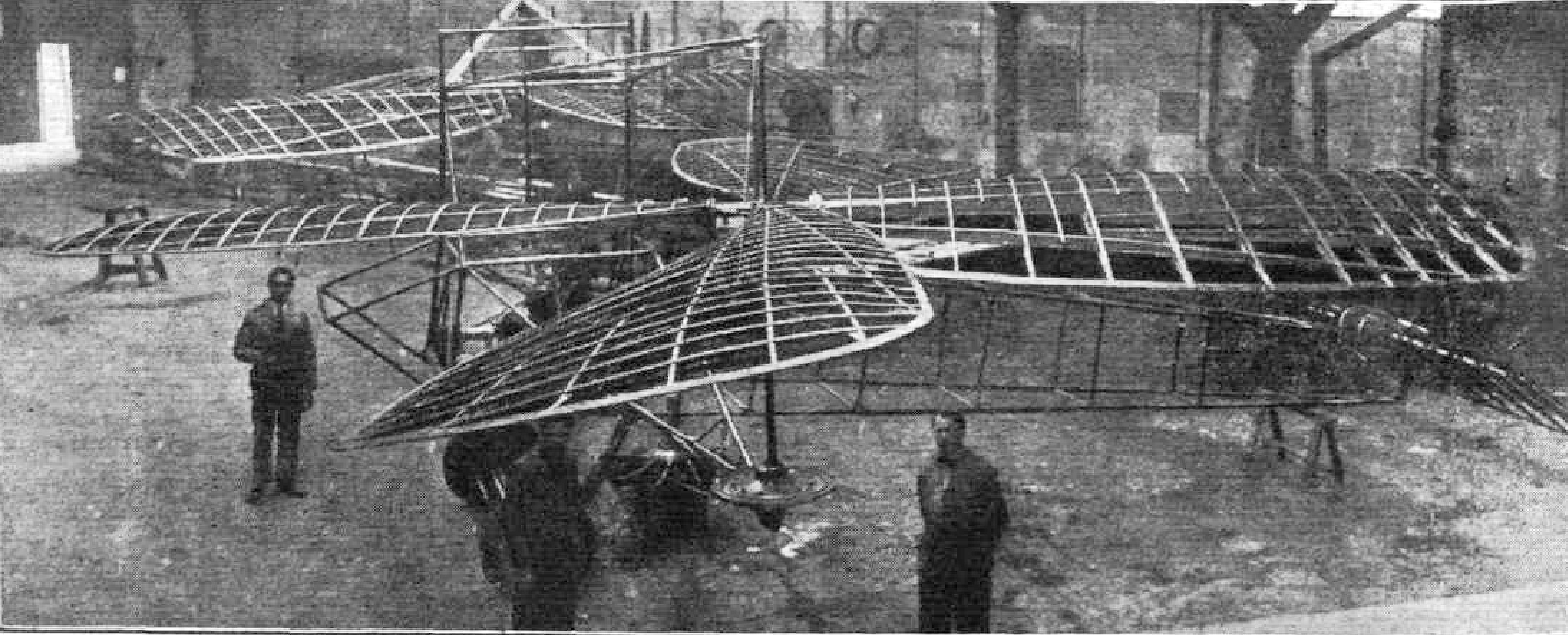|
Sport Copter 2
__NOTOC__ The Sport Copter 2 is an American two-seat autogyro designed and built by Sport Copter of Scappoose, Oregon. Made of bolted dural tubes and a carbon fiber shell, the Sport Copter 2 is a fully enclosed autogyro with removable doors and side-by-side seating for two. The prototype was powered by a Subaru 2.2-litre 4-cylinder engine, but was subsequently upgraded to the Lycoming IO360. The Lycoming IO320 may also be fitted. The Sport Copter 2 may be configured as either a standard category autogyro, requiring a pilot's license and FAA medical, or it may be configured with a smaller engine (IO320) and fixed-pitch propeller for operation under Light Sport rules. The Sport Copter 2 is currently classified as an experimental aircraft, and is available in kit form. The design may be certified at an unspecified date in the future, pending availability of funds. Originally under development in the late 1990s as a tandem Tandem, or in tandem, is an arrangement in which ... [...More Info...] [...Related Items...] OR: [Wikipedia] [Google] [Baidu] |
Autogyro
An autogyro (from Greek and , "self-turning"), also known as a ''gyroplane'', is a type of rotorcraft that uses an unpowered rotor in free autorotation to develop lift. Forward thrust is provided independently, by an engine-driven propeller. While similar to a helicopter rotor in appearance, the autogyro's rotor must have air flowing across the rotor disc to generate rotation, and the air flows upwards through the rotor disc rather than down. The autogyro was invented by Spanish engineer Juan de la Cierva in an attempt to create an aircraft that could fly safely at low speeds. He first flew one on 9 January 1923, at Cuatro Vientos Airfield in Madrid. The aircraft resembled the fixed-wing aircraft of the day, with a front-mounted engine and propeller. Cierva's autogyro is considered the predecessor of the modern helicopter. The success of the autogyro garnered the interest of industrialists and under license from Cierva in the 1920s and 1930s, the Pitcairn & Kellett co ... [...More Info...] [...Related Items...] OR: [Wikipedia] [Google] [Baidu] |
Sport Copter
Sport Copter Inc is an American aircraft manufacturer based in Scappoose, Oregon. The company specializes in the design and manufacture of autogyro An autogyro (from Greek and , "self-turning"), also known as a ''gyroplane'', is a type of rotorcraft that uses an unpowered rotor in free autorotation to develop lift. Forward thrust is provided independently, by an engine-driven propeller. ...s.Cliche, Andre: ''Ultralight Aircraft Shopper's Guide'' 8th Edition, page F-4. Cybair Limited Publishing, 2001. Downey, Julia: ''2005 Trikes 'Chutes and Rotorcraft Directory'', Kitplanes, Volume 22, Number 2, February 2005, page 58. Belvoir Publications. ISSN 0891-1851Bertrand, Noel; Rene Coulon; et al: ''World Directory of Leisure Aviation 2003-04'', page 209. Pagefast Ltd, Lancaster UK, 2003. ISSN 1368-485XBayerl, Robby; Martin Berkemeier; et al: ''World Directory of Leisure Aviation 2011-12'', page 187. WDLA UK, Lancaster UK, 2011. ISSN 1368-485XPurdy, Don: ''AeroCrafter - Homebuilt ... [...More Info...] [...Related Items...] OR: [Wikipedia] [Google] [Baidu] |
Autogyro
An autogyro (from Greek and , "self-turning"), also known as a ''gyroplane'', is a type of rotorcraft that uses an unpowered rotor in free autorotation to develop lift. Forward thrust is provided independently, by an engine-driven propeller. While similar to a helicopter rotor in appearance, the autogyro's rotor must have air flowing across the rotor disc to generate rotation, and the air flows upwards through the rotor disc rather than down. The autogyro was invented by Spanish engineer Juan de la Cierva in an attempt to create an aircraft that could fly safely at low speeds. He first flew one on 9 January 1923, at Cuatro Vientos Airfield in Madrid. The aircraft resembled the fixed-wing aircraft of the day, with a front-mounted engine and propeller. Cierva's autogyro is considered the predecessor of the modern helicopter. The success of the autogyro garnered the interest of industrialists and under license from Cierva in the 1920s and 1930s, the Pitcairn & Kellett co ... [...More Info...] [...Related Items...] OR: [Wikipedia] [Google] [Baidu] |
Scappoose, Oregon
Scappoose is a city in Columbia County, Oregon, United States. It was named for a nearby stream, which drains the southern part of the county. The name "Scappoose" is of Native American origin, and is said to mean "gravelly plain."A 1940 Journey Across Oregon: Portland to Rainier Archivist of the State of Oregon. Retrieved on 2008-05-29. The population was 6,592 at the 2010 census. Government The Mayor is elected for a two-year term and is chair of the City Council. The City Manager supervisions and general management of all City operations and ensures that Council policy is carried out and that laws and municipal code are i ...[...More Info...] [...Related Items...] OR: [Wikipedia] [Google] [Baidu] |
Subaru
( or ; ) is the automobile manufacturing division of Japanese transportation conglomerate Subaru Corporation (formerly known as Fuji Heavy Industries), the twenty-first largest automaker by production worldwide in 2017. Subaru cars are known for their use of a boxer engine layout in most vehicles above 1,500 cc. The Symmetrical All Wheel Drive drive-train layout was introduced in 1972. Both became standard equipment for mid-size and smaller cars in most markets by 1996. The lone exception is the BRZ, introduced in 2012 via a partnership with Toyota, which pairs the boxer engine with rear-wheel-drive. Subaru also offers turbocharged versions of their passenger cars, such as the WRX, Legacy and Outback XT, Ascent, and formerly the Legacy GT and Forester XT. In Western markets, Subaru vehicles have traditionally attracted a small but devoted core of buyers. The company's marketing targets those who desire its signature engine and drive train, all-wheel drive and rou ... [...More Info...] [...Related Items...] OR: [Wikipedia] [Google] [Baidu] |
Lycoming Engines
Lycoming Engines is a major American manufacturer of aircraft engines. With a factory in Williamsport, Pennsylvania, Lycoming produces a line of horizontally opposed, air-cooled, four, six and eight-cylinder engines including the only FAA-certified aerobatic and helicopter piston engines on the market. The company has built more than 325,000 piston aircraft engines and powers more than half the world's general aviation fleet, both rotary and fixed wing. Lycoming is an operating division of Avco Corporation, itself a subsidiary of Textron. History Sewing machines, bicycles and fashion Lycoming dates its founding to 1845 by " Madame Ellen Curtis Demorest". However, the early history of the company (especially prior to 1860) is unclear; biographer Ishbel Ross notes that the marriage of Ellen Louise Curtis to William Jennings Demorest took place in 1858, somewhat later than the purported date of establishment of the company. A few years later in New York, between c. 1860 and ... [...More Info...] [...Related Items...] OR: [Wikipedia] [Google] [Baidu] |
Lycoming O-360
The Lycoming O-360 is a family of four-cylinder, direct-drive, horizontally opposed, air-cooled, piston aircraft engines. Engines in the O-360 series produce between 145 and 225 horsepower (109 to 168 kW), with the basic O-360 producing 180 horsepower. The engine family has been installed in thousands of aircraft, including the Cessna 172, Piper Cherokee/Archer, Grumman Tiger, and many home-built types. It has a factory rated time between overhaul (TBO) of 2000 hours or twelve years. O-360 family engines are also widely used in airboats, most notably in the Hurricane Aircats used by the US Army during the Vietnam War. The first O-360 certified was the A1A model, certified on 20 July 1955 to United States CAR 13 effective March 5, 1952 as amended by 13-1 and 13-2. The Lycoming IO-390 is an O-360 which has had its cylinder bore increased by , developing . Series The O-360 family of engines comprises 167 different models with 12 different prefixes. All have a disp ... [...More Info...] [...Related Items...] OR: [Wikipedia] [Google] [Baidu] |
Lycoming O-320
The Lycoming O-320 is a large family of naturally aspirated, air-cooled, four-cylinder, direct-drive engines produced by Lycoming Engines. They are commonly used on light aircraft such as the Cessna 172 and Piper Cherokee. Different variants are rated for 150 or 160 horsepower (112 or 119 kilowatts). As implied by the engine's name, its cylinders are arranged in horizontally opposed configuration and a displacement of 320 cubic inches (5.24 L). Design and development The O-320 family of engines includes the carbureted O-320, the fuel-injected IO-320, the inverted mount, fuel-injected AIO-320 and the aerobatic, fuel-injected AEIO-320 series. The LIO-320 is a "left-handed" version with the crankshaft rotating in the opposite direction for use on twin-engined aircraft to eliminate the critical engine. The first O-320 (with no suffix) was FAA certified on 28 July 1953 to CAR 13 effective 5 March 1952; this same engine was later re-designated, without change, as the O-3 ... [...More Info...] [...Related Items...] OR: [Wikipedia] [Google] [Baidu] |
Tandem
Tandem, or in tandem, is an arrangement in which a team of machines, animals or people are lined up one behind another, all facing in the same direction. The original use of the term in English was in ''tandem harness'', which is used for two or more draft horses, or other draft animals, harnessed in a single line one behind another, as opposed to a pair, harnessed side by side, or a team of several pairs. The tandem harness allows additional animals to provide pulling power for a vehicle designed for a single animal. The English word ''tandem'' derives from the Latin adverb , meaning ''at length'' or ''finally''. It is a word play, using the Latin phrase (referring to time, not position) for English "at length, lengthwise". Tandem bicycles are named for their tandem seating, a more common arrangement than side-by-side " sociable" seating. ''Tandem'' can also be used more generally to refer to any group of persons or objects working together, not necessarily in line. Au ... [...More Info...] [...Related Items...] OR: [Wikipedia] [Google] [Baidu] |
List Of Autogyro Models
This is a list of rotorcraft, including helicopters, autogyros, rotor kites and convertiplanes. A A-B Helicopters * A-B Helicopters A/W 95 American Aircraft International * AAI Penetrator Aero *Aero HC-2 Heli Baby Aero-Astra * Aero-Astra Okhotnik 1 Aero Eli Serviza * Aero Eli Serviza Yo-Yo 222 Aerokopter * Aerokopter AK1-3 Sanka Aerospace General *Aerospace General Mini-Copter Aérospatiale *Aérospatiale Alouette II *Aérospatiale Alouette III *Aérospatiale Cougar *Aérospatiale Dauphin *Aérospatiale Djinn * Aérospatiale Ecureuil *Aérospatiale Gazelle *Aérospatiale Lama *Aérospatiale Puma *Aérospatiale Super Frelon *Aérospatiale Super Puma Aerotécnica * Aerotécnica AC-11 * Aerotécnica AC-12 * Aerotécnica AC-14 Agusta *Agusta AZ.101G *Agusta AB.102 * Agusta A103 * Agusta A104 Helicar *Agusta A105 * Agusta A106 * Agusta A109 *Agusta A115 *Agusta A119 Koala *Agusta A129 Mangusta AgustaWestland *AgustaWestland AW101 * AgustaWestland CH ... [...More Info...] [...Related Items...] OR: [Wikipedia] [Google] [Baidu] |
2000s United States Civil Utility Aircraft
S, or s, is the nineteenth letter in the Latin alphabet, used in the modern English alphabet, the alphabets of other western European languages and others worldwide. Its name in English is ''ess'' (pronounced ), plural ''esses''. History Origin Northwest Semitic šîn represented a voiceless postalveolar fricative (as in 'ip'). It originated most likely as a pictogram of a tooth () and represented the phoneme via the acrophonic principle. Ancient Greek did not have a phoneme, so the derived Greek letter sigma () came to represent the voiceless alveolar sibilant . While the letter shape Σ continues Phoenician ''šîn'', its name ''sigma'' is taken from the letter ''samekh'', while the shape and position of ''samekh'' but name of ''šîn'' is continued in the '' xi''. Within Greek, the name of ''sigma'' was influenced by its association with the Greek word (earlier ) "to hiss". The original name of the letter "sigma" may have been ''san'', but due to the ... [...More Info...] [...Related Items...] OR: [Wikipedia] [Google] [Baidu] |






